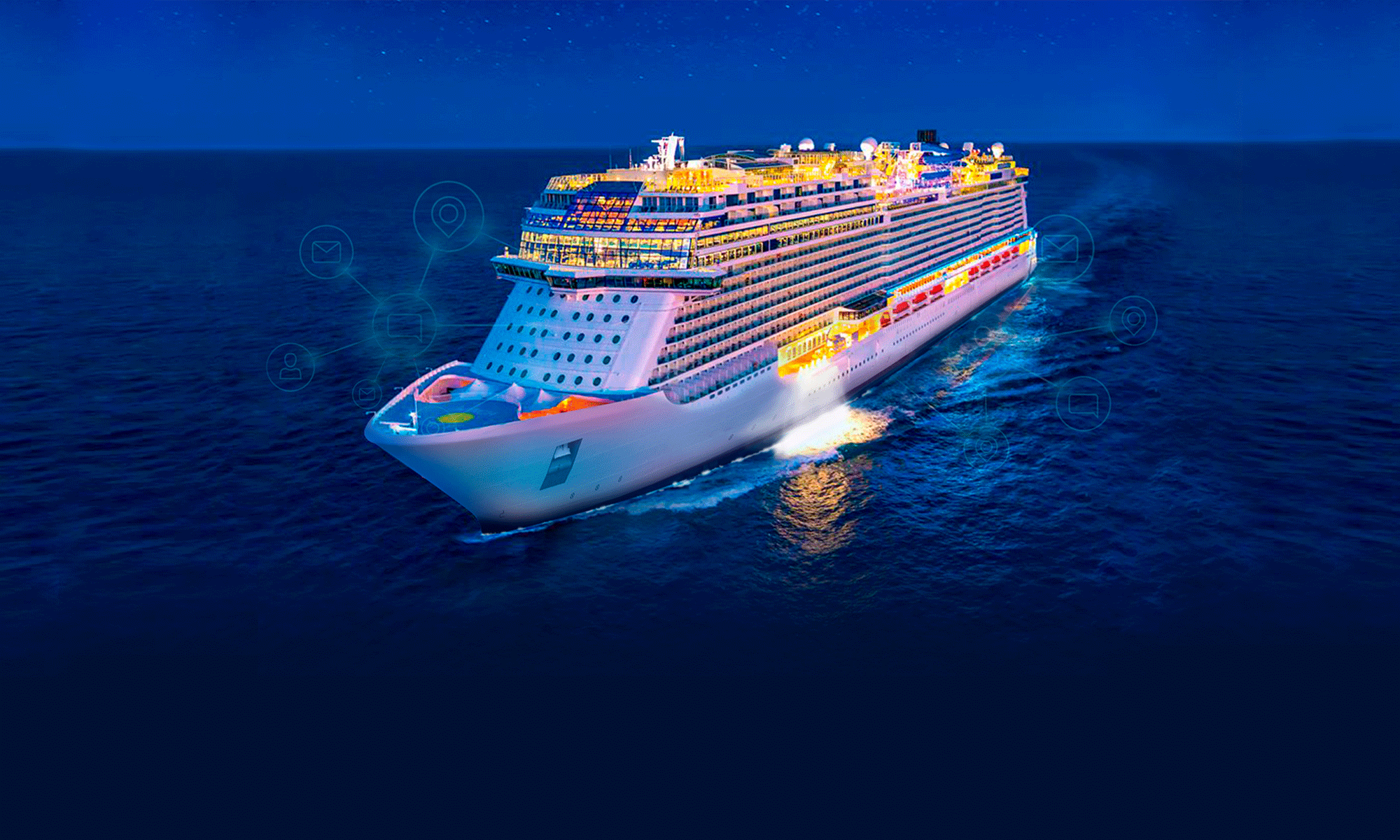What’s The Technology Behind Contactless Vital Sign Health Screening?
With the ever-changing rise and fall of COVID-19 rates, is it safe to go out? Or is another spike in cases inevitable? Either way, vacationers are ready for some good news in the hospitality and maritime industry.
By mid-March 2021, the cruise industry was one of the first and longest shut-down industries to pause commercial operations to protect the health of their guests. After taking extensive measures to resume operations, from 100% passenger and crew testing, tracing and screening, to improved response to logistics and coordination with destinations and ship medical, cruise crews are left with a lot to think about.
Wearable tech is already the next trend in cruise ships — on 23rd November 2021, Princess Cruises announced their 2023/24 cruise program comes with a coin-sized wearable device to allow touchless boarding and ability to locate friends and family aboard the ship. While CLIA claims wearable technology has the capability to allow cruisers to unlock their stateroom, swipe and pay, and even order food and drinks to their lido lounger.
With the use of technology and A.I, we are able to integrate these solutions into one user-friendly platform, providing 24/7 contactless health support. Here’s how:
Artificial Intelligence leads the way
A.I. powered telehealth services are allowing for the provision of healthcare, connecting doctors with patients remotely, by means of telecommunications.
Through the use of a smartphone camera, netTALK Maritime’s contactless screening technology is able to seamlessly share pulse reading, heart, and respiration rate of guests and crew, with maritime medical teams, in real time.
There’s an app for that
Supported by an A.I. chatbot and triage protocols, health questionnaires are sent to guests to review their symptoms via the NetTALK app and receive instant diagnosis.
Onboard and ship to shore voice calling, messaging and video calling, along with queue management for dining and activities, location services, a language translator, and port of call notifications, are all features available in the application.
Wearable tech for keeping out of a wreck
Wristbands are provided on entry to the cruise and check-in agents scan the QR code on the AEGIS-2020 Smart Wristbands to associate the device with the guest or crew member. This is then worn throughout the duration of the trip. Each wearable contains a unique ID and periodically scans for nearby wearables. This will constantly collect contact tracing data among all persons onboard, anywhere on the ship.
While guests and crew are at the port or on a private island, the wristband continues to collect contact tracing information and delivers the collected data once guests return to the ship.
How do we track contact fairly?
The wearable ID is stored in Oracle Fidelio, for protected access and anonymous end-to-end data encryption during data transfer, to ensure the security of personal information for all members onboard. Partnering with Inmarsat, the world leader in global and mobile satellite communications, provides users with low bandwidth functionality so the transfers can be made in even the most difficult conditions.
With compliance regulations from health authorities such as the Center for Disease Control (CDC) and WHO, integration with Tritan Software SeaCare ensures these are adhered to. The SeaCare platform can receive, process, monitor, protect, and manage the required health data, making sure all guests and crew are safely notified at any moment a health flag appears.
What next?
By leveraging existing infrastructure on ship, and combining the use of A.I, smartphone devices and wearable technology, cruise apps have the potential to lead the way into the future of safer, seamless travel.
netTALK Maritime provides a one-stop solution in communications for everyone onboard, from passengers to crew members and cruise teams onland. With the ability to accomodate contactless vital sign health screening, we are able to reassure a healthy cruise experience for our returning guests and crew. Find out more information about our netTALK Maritime vital health screening add-on and see how this can support your cruise experience.
